Name Kent Bellows | Role Artist | |
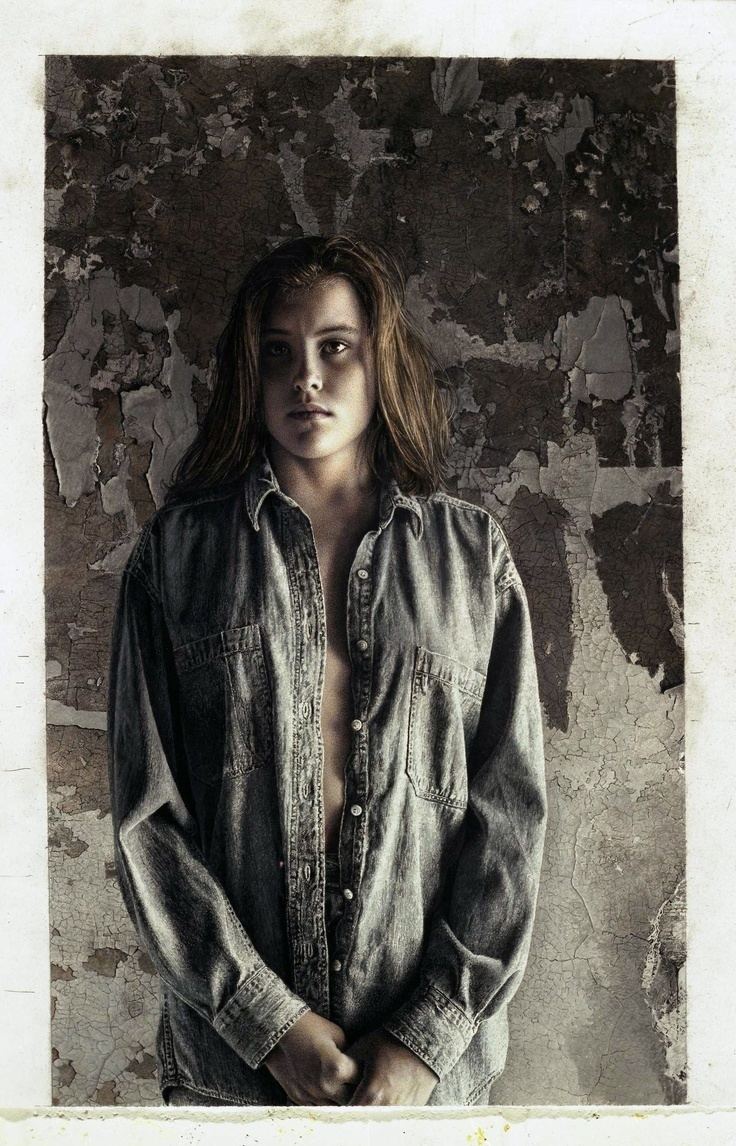 | ||
Died September 14, 2005, Omaha, Nebraska, United States | ||
Nebraska masterpieces arts education series kent bellows
Artist Kent Bellows (June 26, 1949 – September 14, 2005) is best known for his figurative works in the realist style. His artwork is sometimes referred to as “meticulous realism,” a subcategory referring to the artist’s startling attention to detail.
Contents
- Nebraska masterpieces arts education series kent bellows
- Voices for children 2013 spotlight gala awards kent bellows studio organization award
- The 1950s
- The 1960s
- The 1970s
- The 1980s
- The 1990s
- 2000 2005
- 2007
- References
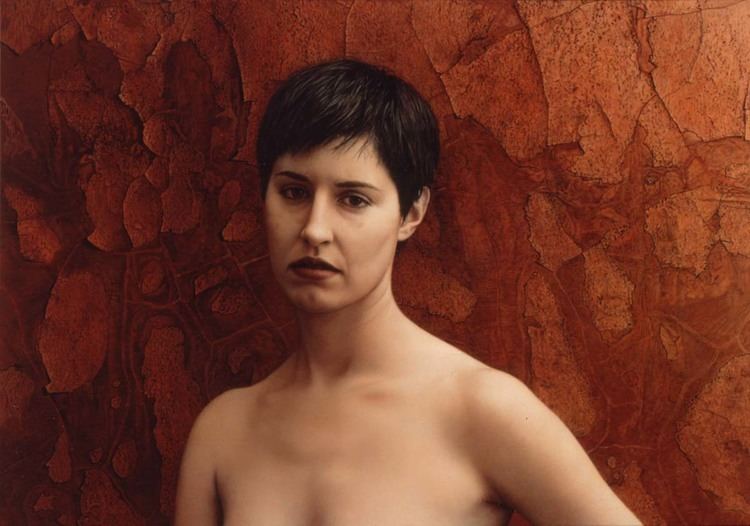
“I see in my mind this mysterious, ethereal museum filled with paintings I haven’t done. That’s what makes the whole trip worthwhile.”—Kent Bellows, 1971
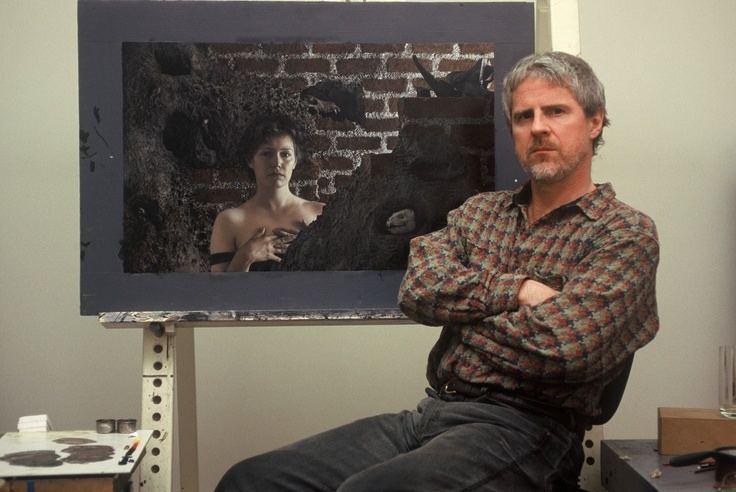
Voices for children 2013 spotlight gala awards kent bellows studio organization award
The 1950s

Kent Bellows was born June 26, 1949, in Blair, Nebraska. As a young boy, Bellows attended Saturday matinees at the Town Theater and became enamored with cinema, an interest that continued throughout his life and was influential to his artwork. He was known in the small community as “that kid who can draw.”
The 1960s
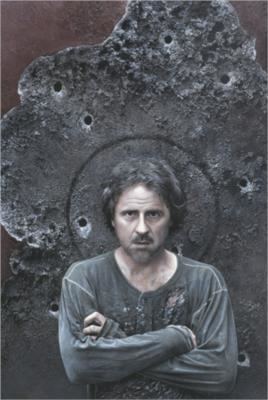
Bellows’ father, a commercial artist and watercolorist, recognized his son’s natural proclivity toward art and taught him what he knew from his own training and experience. In later years, Bellows referred to his father as his “best critic” and “a great influence.” In 1965, Bellows, his parents, and his two younger sisters, moved to Omaha, Nebraska. While attending high school, he earned money selling artwork and playing keyboards with rock-and-roll bands.
Following high school, Bellows studied art history at the local university for two years, while also experimenting with various artistic styles and mediums. During this time, he continued to play keyboards with bands, including a Midwest tour with performers Sonny and Cher.
The 1970s
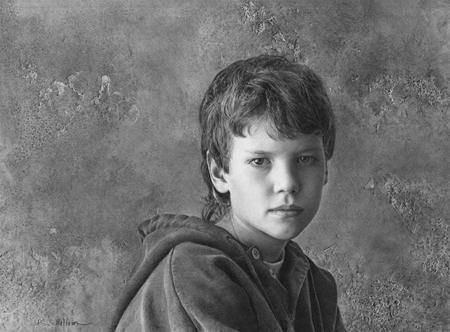
Making a decision to focus solely on developing his artistic talent, Bellows sought out patrons, in the tradition of the masters, for financial support, including Omaha native, Warren Buffett. Mr. Buffett referred Bellows to his wife, Susie, a lover of the arts. Mrs. Buffett agreed to provide support for one year in exchange for artwork. Out of this relationship developed a lifelong, mutual friendship. In 1970, Bellows resided briefly in Connecticut, and then Berkeley, California, but soon settled back in Omaha, where he remained for the duration of his life.
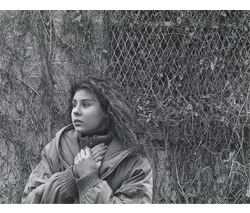
Bellows’ early works were included in Joslyn Art Museum’s 1970 Midwest Biennial Show as well as other Omaha exhibitions. His early works included abstracts and figurative pieces, some with a Native American theme. Acrylic was his primary medium during this period.
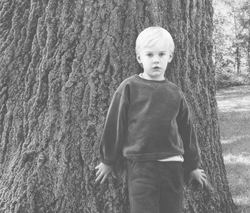
In 1971, Bellows took his first trip to Europe to study the art of the great masters throughout Italy and France.

In 1972, the left-handed Bellows’ ability to work was halted by pain caused by a ganglion cyst that was wound around the tendons of his left wrist. Bellows was referred to the Mayo Clinic, where the cyst was removed in a long and complicated surgery. Bellows soaked his wrist in a therapeutic hot wax bath daily for the rest of his life to treat the remaining wrist pain.
After renting a house with a friend and then living in a patron’s carriage house for a year, Bellows moved into a midtown Omaha apartment, where he lived and worked for the remainder of the decade. He lived there with Elizabeth Irvin, to whom he was married in 1976. Bellows earned a portion of his living during this period through illustration work for publications such as Omni and Rolling Stone, often with a science fiction theme. One such illustration, which appeared in Rolling Stone in 1975, featured science fiction writer Philip K. Dick, who later wrote in a letter to Bellows, “You gave me a reflected self or identity and I suddenly believed I was real…From the moment I saw your picture, I was changed back to my old, real self…you cured me of my identity-less sickness. This is heavy stuff, but true.”
The 1980s
Bellows and his wife divorced in 1979, and in 1980, Bellows met and married Angela Shomaker. Bellows, his wife, and her three children from a former marriage, moved into an older home in midtown Omaha, where Bellows set up a studio in the basement. He supported his new family through commissioned portraiture in the early 80s, leading to a more serious focus on the human figure, and a greater interest in the medium of graphite.
In 1985, Bellows learned that New York gallery owner Peter Tatistcheff was coming to the region, and Bellows asked a Blair man who owned several of Bellows’ works to invite the gallery owner to join him for dinner as a scheme for Bellows to meet him and show him his portfolio. Two weeks later, Bellows had signed with the Tatistcheff Gallery. From this event began a very prolific two decades of primarily figurative artwork using graphite, charcoal, pastel, egg tempera, acrylic, and oil.
Commenting on his meticulous approach, Bellows stated in 1986, “The image I create on the canvas is the difference between the reality of a photograph and what is actually happening. This makes for a finely tuned picture, enabling me to capture the subject’s soul.” Bellows was reluctant to talk about the meaning of specific works. In 1988, he said, “I try to depict the inner life of the subject, to give outward form to an inner state. I think my pictures have stories behind them, but I like to leave a feeling of openness. I hope that things keep going in the viewer’s mind. There’s nothing more boring than a story too quickly told. Once all the elements of a story are nailed down, the viewer is left with nothing but the artist’s technique.”
During the 1980s, Bellows’ works were included in exhibits at:
In 1989, Bellows purchased a large building in midtown Omaha that he christened the Mahler Building, after the composer Gustav Mahler. Once home to the Mermaid Lounge, Bellows renovated the building and used it as his studio, with space to build large sets to use as backdrops to his artwork. Regarding the design and creation of actual sets as backdrops to his work, he remarked, “It’s a real little bit of Hollywood, the way I work.” In 1992, Bellows also described his art as “little movies that don’t move…I try to make art that is really part of me, that there is just no question about it. I get that from a Bergman film. I get that from Scorsese. I get that from David Lynch.”
The 1990s
In 1991, Bellows and his second wife divorced, an event that had an enormous impact on Bellows, and on his art, which became more intense and sometimes darker, and included more religious themes. Bellows talked about the relationship between his art and his personal life in a 1992 Nebraska Educational Television documentary, “What is Art?” “Talk about saving the world. It does save my world. It’s the way I just kind of claw and find my way through the darkness. I mean that’s it. I can’t imagine a life without making art. Joseph Campbell, in one of his lectures, said something that struck me—that artists are generally people who have come apart at the seams somewhere along the line, and their work is an attempt to put themselves back together again, or at least keep themselves together. That’s definitely what my work is about.” Later he added, “These projects work for me. It’s clarified my thinking. The thing about an experience like divorce for me is it’s just the way that the meaning drains out of your life. This has been my way to try to put it back, just to make sense of the experience. And it’s working, it’s working. I feel a lot calmer about it. I think that’s one thing about our culture. Just a part of our culture where any bad thing, just push it down, avoid it…don’t feel it…I’m trying to actually just feel it…because that’s the thing about emotions, they have a purpose. I mean, I’m no psychologist, but for myself, to actually experience it in a very complete way and survive it. They don’t go away, but you process that material and then you go on to the next thing. I think that’s what I’m doing.”
Shortly after Bellows’ divorce, he traveled to Europe for the second time, this time primarily studying artwork in Florence, Italy. Bellows often looked to the old masters for his inspiration. In 1992, he stated, “I feel like my real teachers were the older painters. They were the ones. I would go to Joslyn, and feel like I learned how to apply paint from what I saw down there.” He once said that he frequently did self-portraits because it is the tradition of artists, especially those he admired most—the artists of the fifteenth and sixteenth centuries. Bellows also spoke of the influence of the nineteenth-century American painter, Thomas Eakins, on his work, and referred to him as his “great American hero.” He described Gregory Gillespie, a contemporary figurative artist, as another artist who was a great inspiration.
In 1993, Bellows left Tatistcheff Gallery to join Forum Gallery in New York City.
Following his 1991 divorce, Bellows had continued to reside in his midtown Omaha home along with his two teenage stepdaughters, but by 1994, they were on their own, and he sold the house to a long-time friend. Bellows moved into his nearby studio building, where he lived and worked for the remainder of his life.
During the 1990s, Bellows’ works were included in exhibits at:
2000-2005
By 2003, Bellows had begun expressing great concern about increasing pain and diminished flexibility in his left wrist and hand, apparently related to the earlier surgery, overuse, and an additional developing condition known as Dupuytren's contracture, common in his mother’s family. Bellows’ ability to work was increasingly impacted.
Between 2000 and 2005, Bellows’ works were included in exhibits at:
His works were featured in The Gettysburg Review, Spring, 2004.
Bellows’ works have been acquired by museums and galleries which include the Metropolitan Museum of Art, the New Britain Museum of American Art, the Toledo Museum of Art, the Arkansas Arts Center, Joslyn Art Museum, and by many collectors including Glenn C. Jans, Jalane and Richard Davidson, Rita Rich, Richard D. Segal (Seavest Collection) and Howard Tullman.
In September 2005, Kent Bellows was found in his studio/home, apparently having died in his sleep. He was 56 years of age. The cause of death was never determined.
2007
The Kent Bellows Foundation was established as a public, nonprofit charity and began the work of preserving Kent Bellows’ building and studio as an educational site and establishing the Kent Bellows Art Scholarship Fund, as well as developing Bellows’ lifetime catalogue raisonne.
